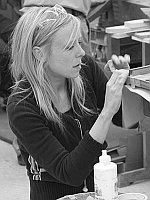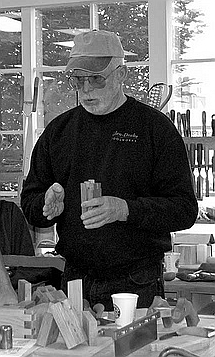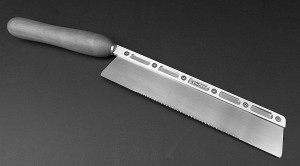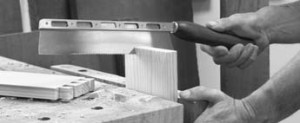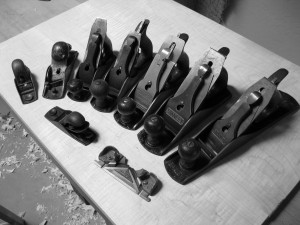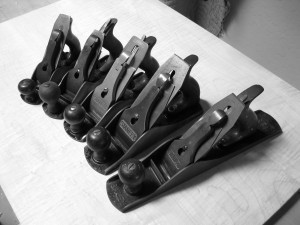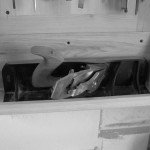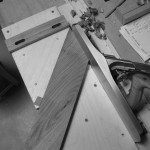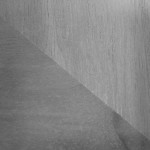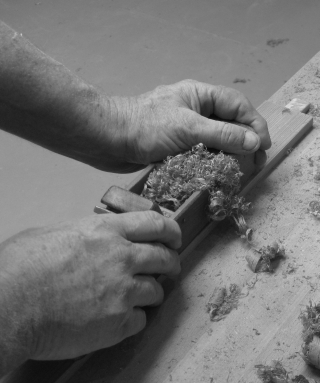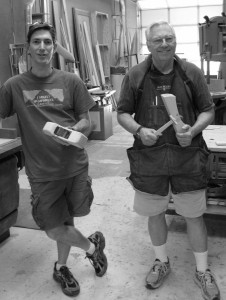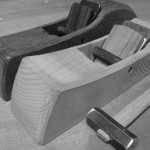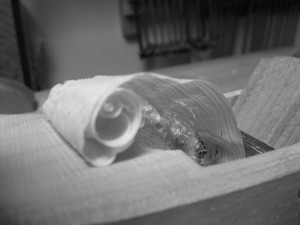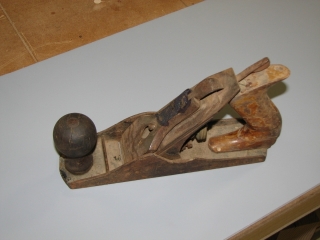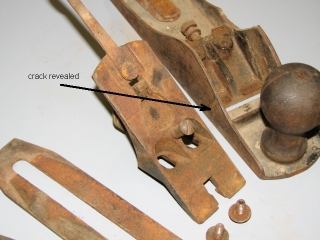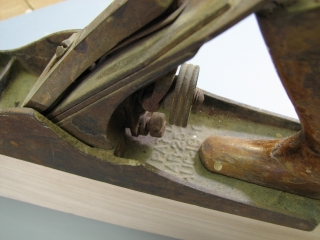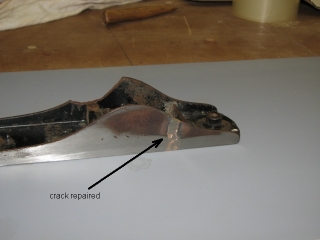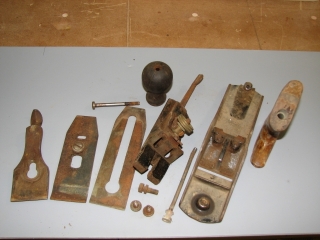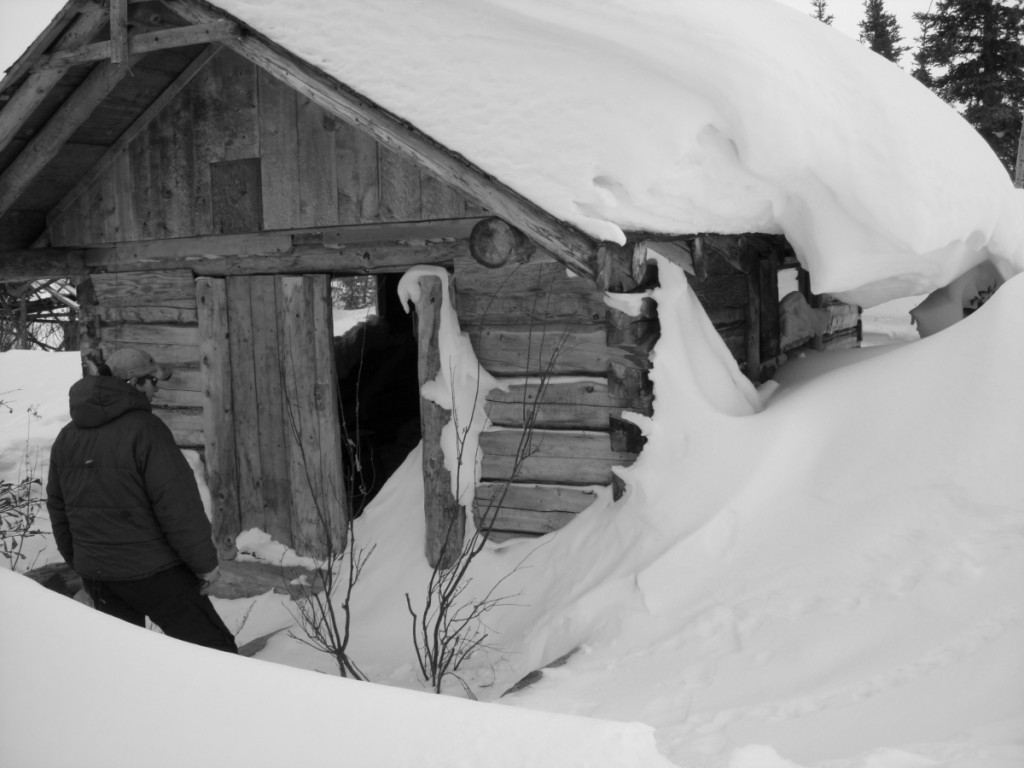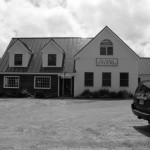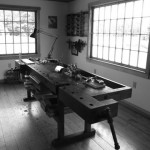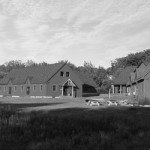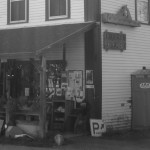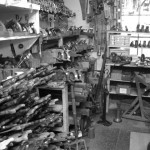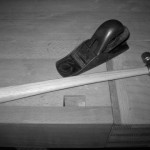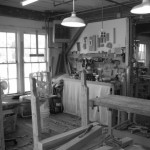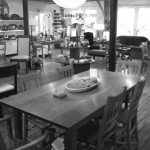At the Lie-Nielsen Tool Event held at Timber Woodworking in January, 2011 I had the pleasure of meeting Kevin Drake, toolmaker and proprietor of Glen-Drake Toolworks (www.glen-drake.com). Kevin also happens to be a graduate of the College of the Redwoods, and his business is based in Ft. Bragg, CA. Assisting him at the Event was Heather Trosdahl (www.heathertrosdahl.com), another CR grad whose acquaintance I had made on my last visit to Ft. Bragg. Heather is a craftsman nonpariel.
Kevin Drake has developed a very precise way of laying out and cutting dovetails — by hand, of course — that allows the maker to fit joints perfectly right off the saw. No paring or fussing. His method involves some calculations in thousandths of an inch and the use of an offset marking gauge he developed (that takes into account the thickness of the saw kerf and the ‘give’ of the type of wood being worked). I leave it to you to explore Kevin’s web site and watch the videos detailing his tools and methods, but it’s really quite amazing.
Among other things that Kevin makes (I bought one of his vernier-adjustable ‘TiteMark’ marking gauges, a superbly designed and made tool), I was intrigued by the saw he designed and makes for use in his dovetail system. I had the chance to try it at the L-N Event, and later when one of my students, visiting from San Diego, happened to have one of the saws in his tool bag.
That’s all it took to convince me, and I was gratified a few weeks later when I received my own copy of the saw in the mail — a swap for some help I had given a friend on a design problem.
The unique features of the saw are:
- no teeth cut in the leading and trailing 1.5″ of the blade
- graduated teeth (16-12-16)
- .020″ kerf (.015″ blade, .005″ total set)
- ergonomically aligned handle
I am not adopting Kevin’s intriguing new dovetail method — old dogs are sometimes happy with their old tricks — but just using the saw to cut dovetails I’ve been very impressed by it. I’m doing a dovetail demo at Rockler on Saturday, June 18, and will have my Glen-Drake saw along for everyone to see.

